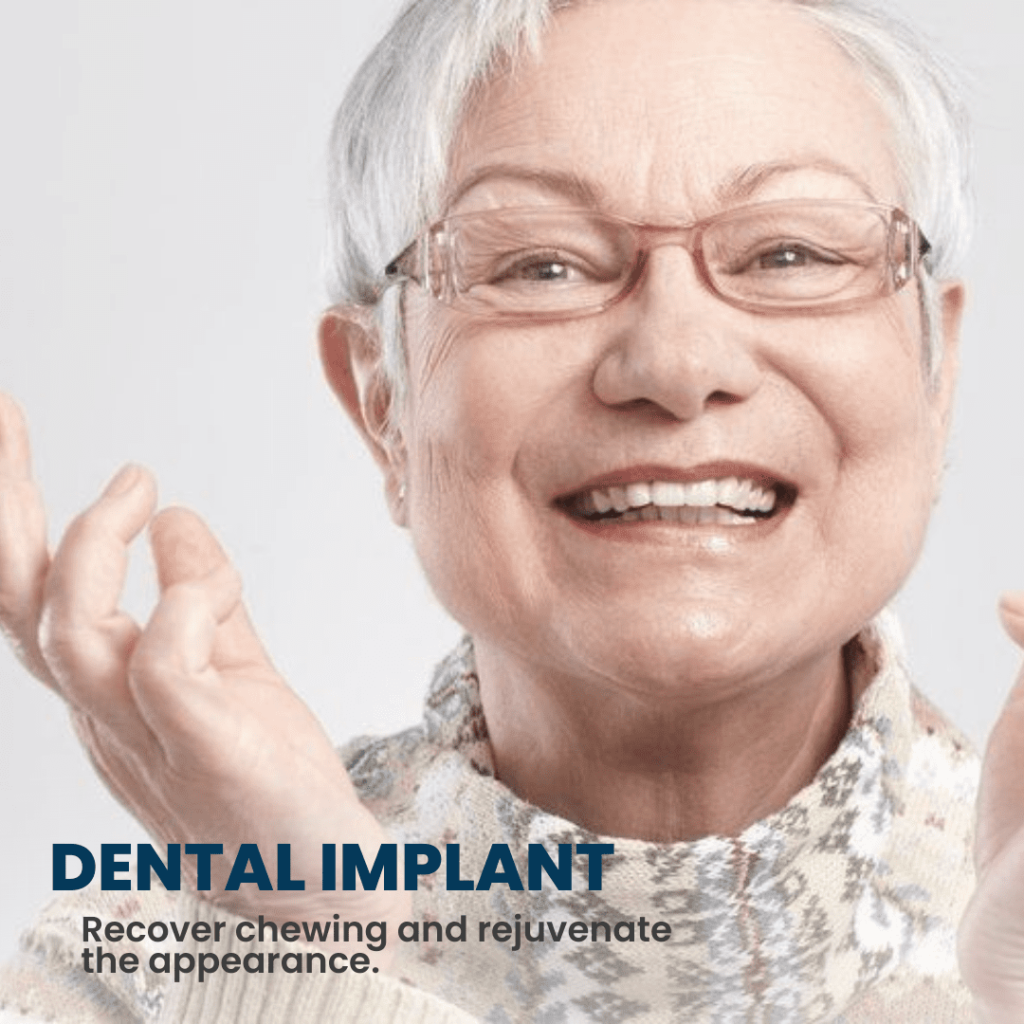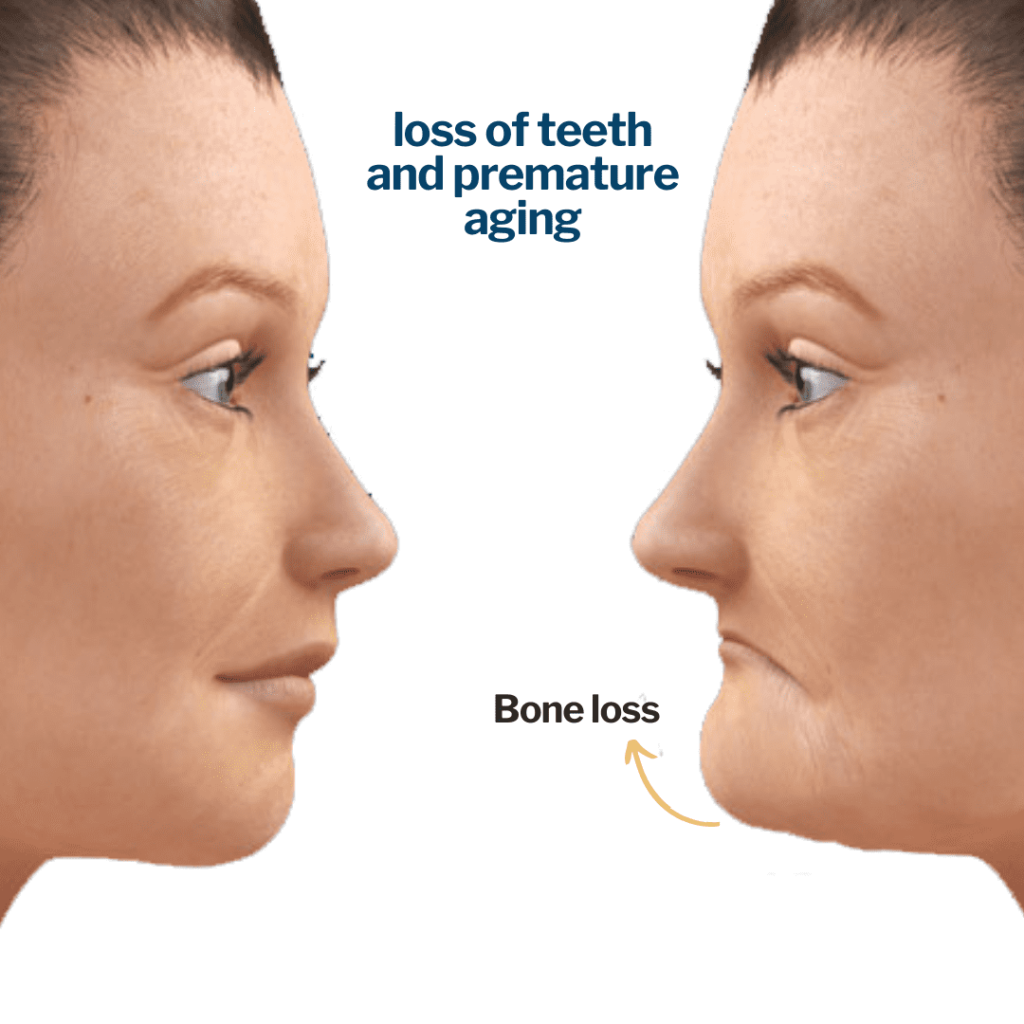Dental Prosthetics
- Home
- Dental Prosthetics
Quality Dental Prosthetic Services in Malta
Have You lost a tooth?
What is Dental prosthetics?
Dental prosthesis, also known as dental prosthetics or dental appliances, are artificial replacements for missing teeth and surrounding tissues. They are custom-made devices designed to restore oral function, improve appearance, and enhance the overall quality of life for individuals with missing teeth. Dental prostheses come in various forms, depending on the specific needs of the patient. Here are some common types of dental prosthesis:
Dentures: Dentures are removable prosthetic devices that replace multiple missing teeth or a full arch of teeth. They consist of artificial teeth attached to a gum-colored acrylic or metal base. Dentures can be partial (replacing some missing teeth) or complete (replacing all teeth in an arch).
Dental Bridges: Dental bridges, as described in the previous answer, are fixed prosthetic devices used to replace one or more missing teeth. They are anchored to adjacent teeth or dental implants and are not removable.
Dental Implants: Dental implants are a type of dental prosthesis that serves as a replacement for the root of a missing tooth. They are surgically placed into the jawbone and provide a stable foundation for the attachment of artificial teeth, such as crowns or bridges.
Dental Crowns: Dental crowns, also known as caps, are prosthetic restorations that cover and protect damaged or heavily decayed teeth. They are custom-made to match the shape, color, and size of the natural teeth and are cemented into place.
Dental Veneers: Dental veneers are thin, custom-made shells made of porcelain or composite resin that are bonded to the front surface of teeth. They can improve the appearance of teeth by altering their color, shape, size, or alignment. These are just a few examples of dental prosthesis. The choice of prosthesis depends on factors such as the number and location of missing teeth, the condition of the surrounding oral structures, the patient’s oral health, and personal preferences. Dentists and prosthodontists are dental professionals who specialize in the design, fabrication, and placement of dental prostheses.

